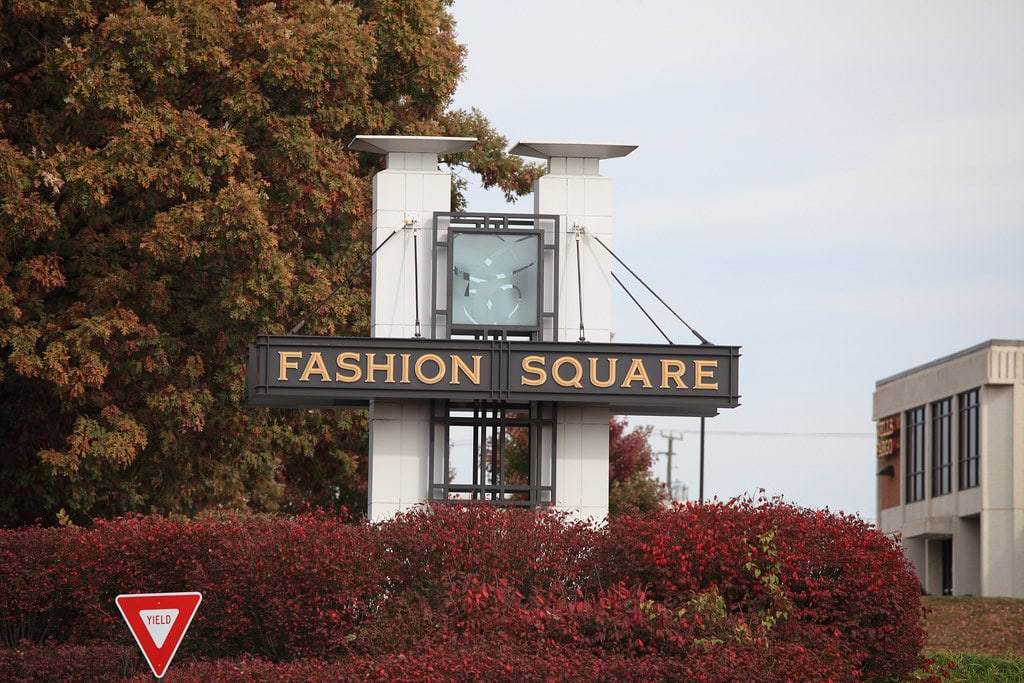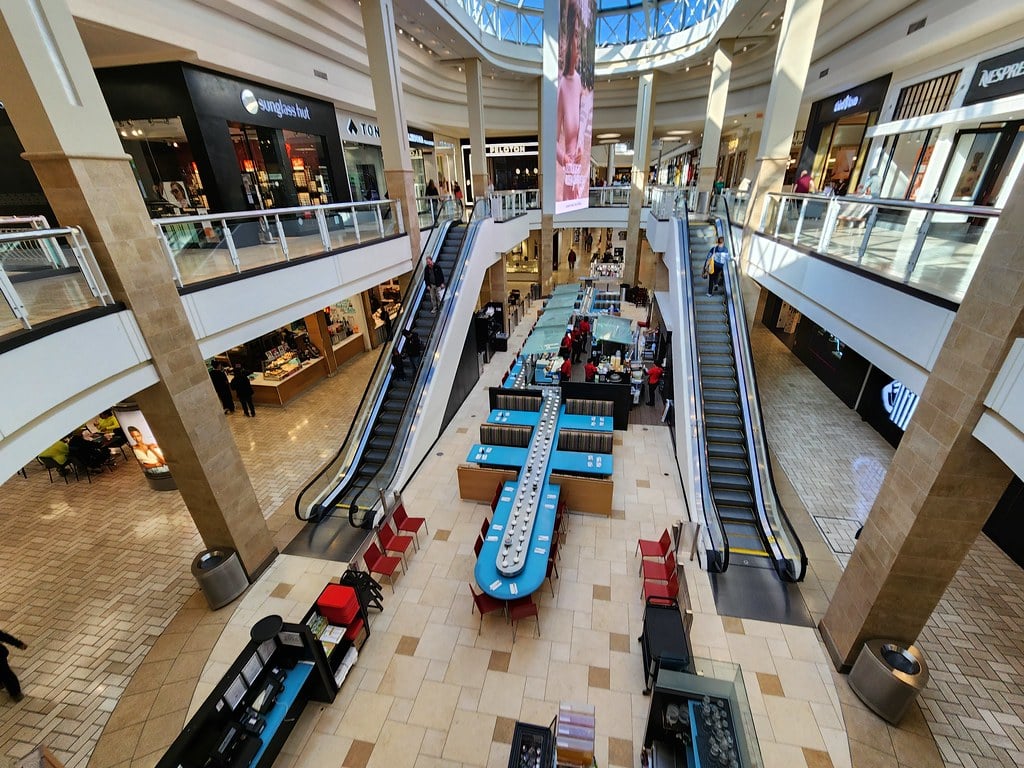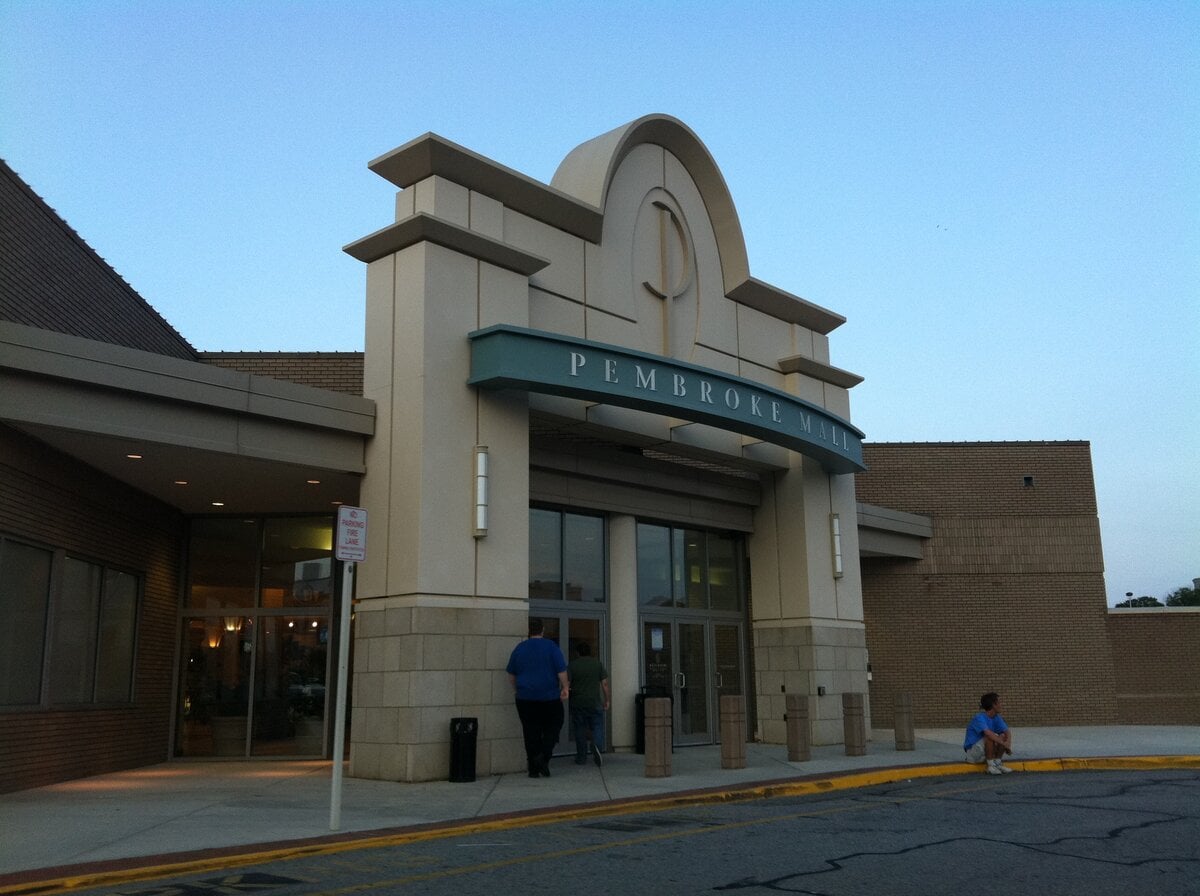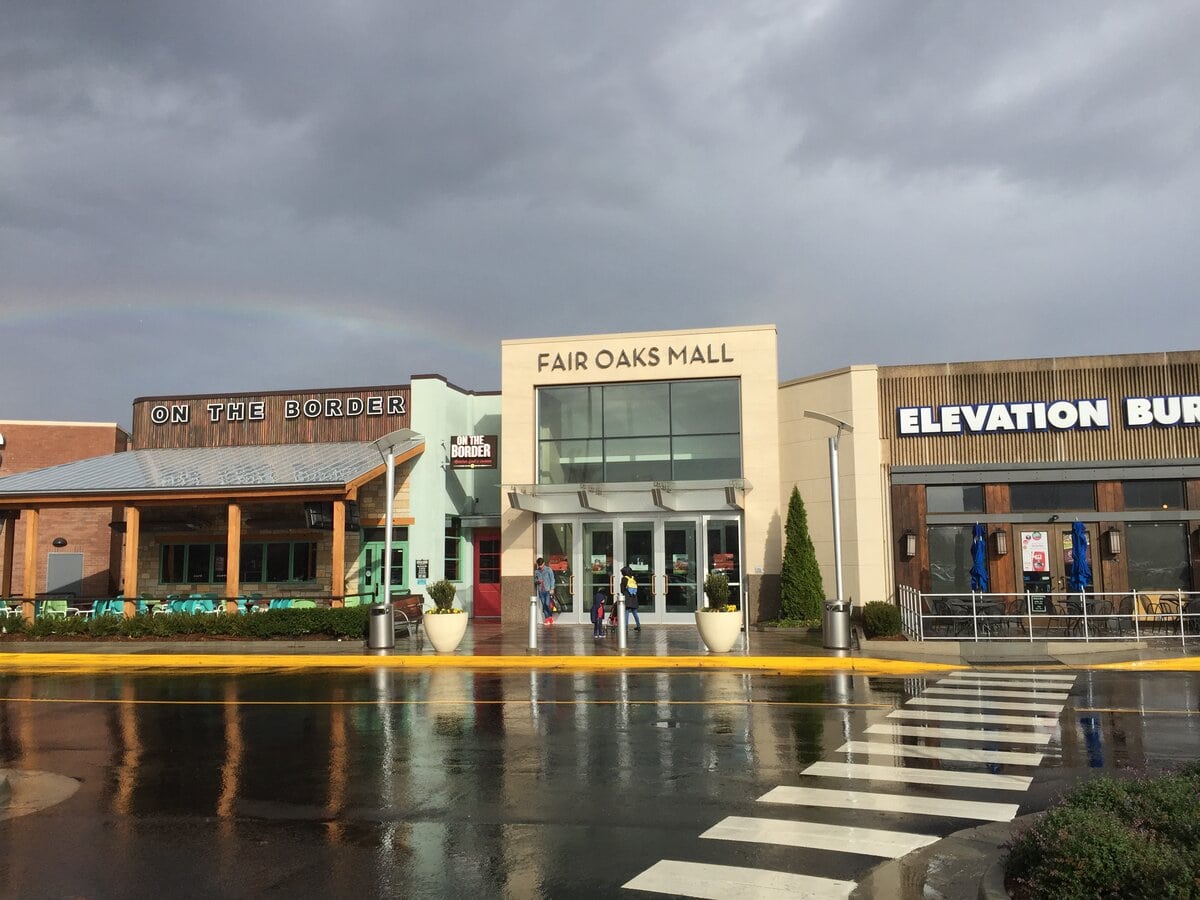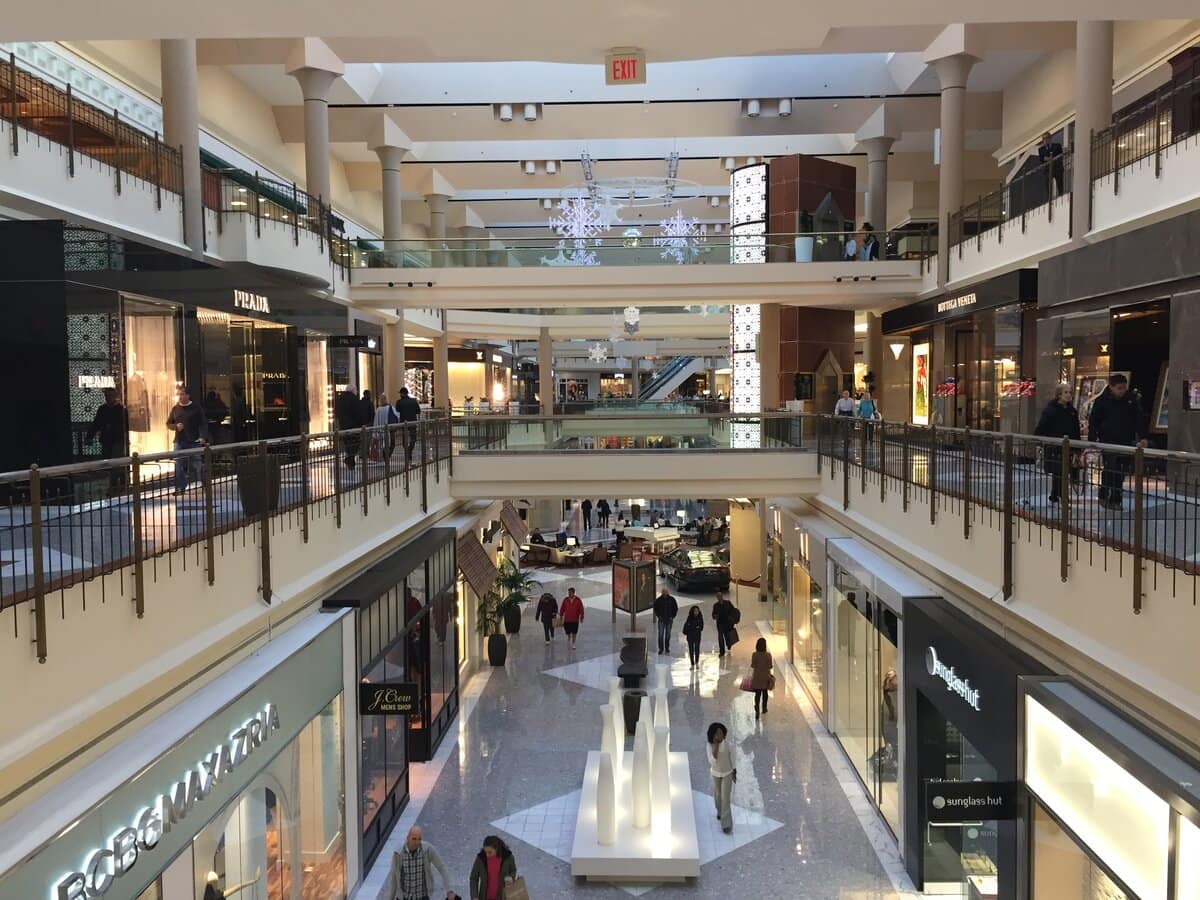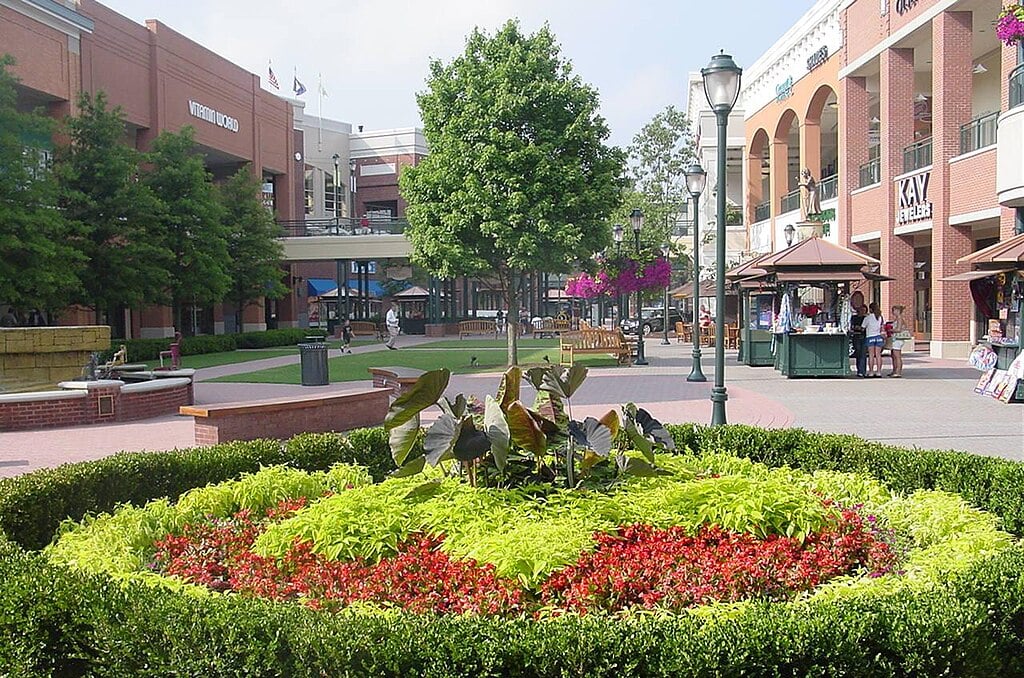The Mall Where Everyone Went
Before casino tables, before the amphitheater lights and hotel towers, there was a plain mall on Gate City Highway. Bristol Mall opened in 1975, and for a while, that was enough. It had Sears. It had a movie theater.
It even had a country music museum tucked inside, a nod to the city's claim that Bristol, not Nashville, had the earlier rights to that genre's history.
You could get your glasses adjusted at LensCrafters, then head over to Chick-fil-A and catch a matinee. If someone asked about things to do in Bristol, Virginia, this mall made the list by default.

Time didn't kill it all at once. It was the kind of slow emptying familiar to plenty of other places. But before it changed hands, before the votes and site plans, Bristol Mall did something else. It anchored a place.
Retail Beginnings and the 1970s Commercial Footprint
When Bristol Mall opened its doors in 1975, it entered as the only regional shopping center serving Bristol, Virginia.
The building brought together anchor stores like Parks-Belk, Miller's, and Sears, which gave the project a familiar formula but also scale.
Sears was an original tenant. The others helped set the tone: department-store style offerings for apparel, appliances, and local spending that stayed relatively predictable for nearly two decades.
Bristol Mall didn't just sell clothing or gadgets. It hosted a small museum inside its space, focused on the city's early country music roots. That local detail inside a commercial building blurred the lines between retail and civic pride.
At its height, Bristol Mall filled out its footprint with typical mall fixtures. It had a movie theater, chain restaurants, small service shops, and a fast food cluster.
Nothing in the layout was unexpected, but the consistency mattered. People counted on it.
It stood through the 1980s without major change, long before the ownership shifts and closures that would come later.
At the time, it was simply the mall. There wasn't a competing lifestyle center, and it didn't need a theme. It was enough to exist and to be busy.
Sales Floors and Ownership Shuffles
After its quiet dominance through the late 70s and 80s, the mall entered the 1990s with a few structural changes and a shift in ownership.
In 1992, Miller's was replaced when Proffit's Inc. took over and rebranded the location under its own name. Bristol Mall expanded during this time as well.
A new 86,000-square-foot JCPenney was added in the mid-1990s, built as part of a broader interior renovation that refreshed the layout and tried to modernize the space for newer retail demands.
Then came the deals. In April 1999, Aronov Realty Management, based in Montgomery, Alabama, purchased the entire property for $25 million from an affiliate of Urban Retail Properties.
That sale was the first sign that the long-standing formula might need adjusting. By 2006, a second ownership transfer sent the mall to Bristol Mall Acquisitions LLC for a lower price, $18.3 million.
Behind those numbers was a market recalibration. The building still had traffic, but the metrics weren't what they used to be. JCPenney stayed for the moment.
So did Belk. However, the turnover in ownership, along with reinvestment attempts, hinted at a plateau that developers had already started tracking.
Tenant Losses and the Shutdown Spiral
Between 2011 and 2017, departures picked up speed. Piccadilly Cafeteria, a tenant since 1975, closed on May 23, 2011, when its lease ended. JCPenney left in May 2014 as part of a national closure list targeting underperforming locations.
Later that year, Belk announced it would shutter both mall locations and consolidate at The Pinnacle, a newer retail center being built near Interstate 81.
Once Belk moved out in 2015, it left a visible hole. On January 4, 2017, Sears Holdings confirmed that its Bristol Mall store would shut down that same year, which it did by March 26.
That left the mall without a single anchor store.
Smaller names didn't stick around either. GameStop closed on February 20, 2017. Misty Mountain Designs followed six days later. Bath and Body Works turned out the lights in June.
Belmeade Formal Wear closed before the end of that same month. The last store inside, KSS Instructional Aids, was closed until August 31, 2017.
After that, the lights didn't come back on. The mall's website went offline, the parking lot emptied, and the commercial footprint shrank to zero. The mall had no tenants.
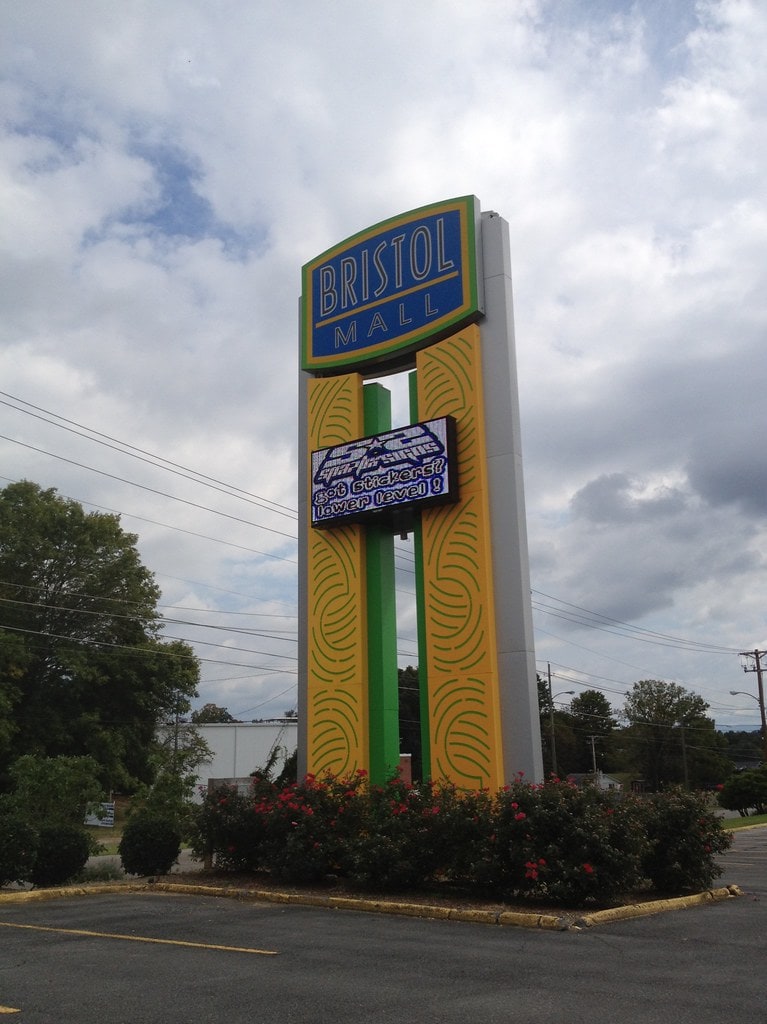
Property Auctions and Commercial Repositioning
By mid-2015, the property's future was already shaky. On August 3 of that year, Bristol Mall had entered foreclosure and was headed for auction.
The first round failed to find a buyer. A second online auction eventually led to the purchase by Sunstar Keshav LLC, a family-run real estate group.
Their pitch leaned toward retail reuse, promising to bring stores back. But nothing concrete came of that strategy.
The mall stayed empty. By April 2018, the structure was back on the market for $2.9 million, a fraction of its earlier valuations.
The listings made clear that the property had slipped fully out of retail use. Around that same time, a new proposal emerged.
On May 28, 2018, Par Ventures, a pharmaceutical group, said it planned to buy the mall and turn it into a cannabidiol production facility.
Their public estimate included 500 jobs.
On June 6, 2018, Par Ventures finalized the sale. The name changed to "Bristol Industrial Mall," and the concept shifted away from consumer-facing storefronts to wholesale production.
Legislative Turns and the Casino Referendum
A different kind of repurposing started taking shape in 2018. Two regional business owners floated a public plan to develop a casino resort using the former Bristol Mall.
That proposal required a new state law. Virginia hadn't approved casino gambling at the time, so the pitch wasn't a short-term flip.
It was a long process that would depend on votes, legislation, and local turnout.
By 2020, those hurdles were being cleared. The Virginia General Assembly passed a bill that authorized commercial casinos in five cities: Bristol, Danville, Portsmouth, Richmond, and Norfolk.
The law also required each of those cities to hold a referendum. In Bristol, that question went to voters in the November 2020 general election.
The result wasn't close. The final tally showed 5,427 votes in favor and 2,221 against.
That gave Hard Rock and the local development group their go-ahead to turn the site into a casino and resort. At that point, plans shifted from speculative to actionable.
Ownership had already aligned with Hard Rock International, which had formally joined the effort in 2019. Public support cleared the final gate. The mall would become a gambling site.
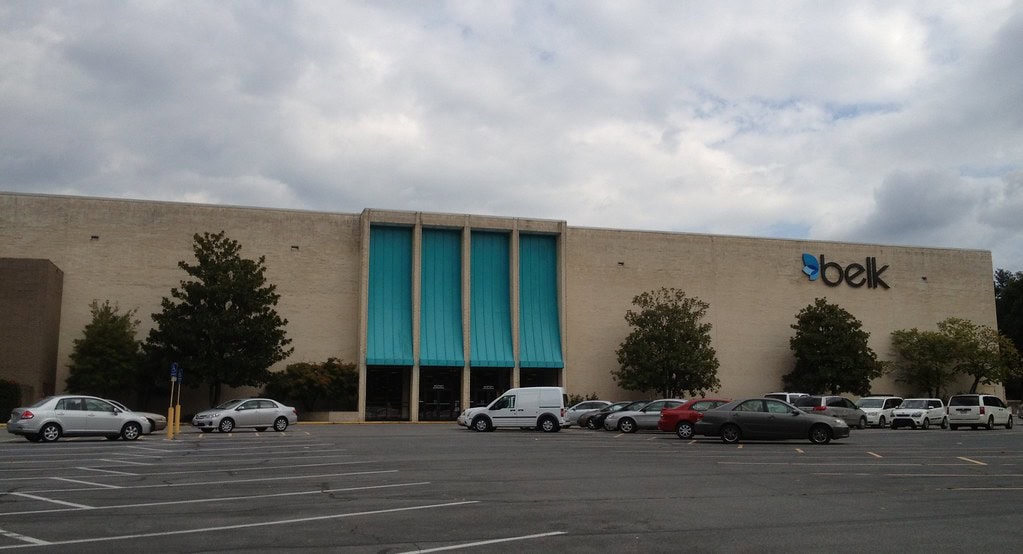
Licensing, Build-Outs, and Temporary Revenue
By late 2021, the paperwork was in place. Hard Rock announced that construction would begin on a temporary casino inside the old mall shell, using part of the existing structure while planning a full overhaul.
That first wave of development moved fast. In April 2022, the Virginia Lottery Board issued a facility operator's license to Hard Rock Bristol. It was the first casino license granted in the state under the new gaming laws.
The temporary venue opened on July 8, 2022, inside what had once been the Belk department store. The name on the entrance was "Bristol Casino - Future Home of Hard Rock." It wasn't a placeholder in concept.
The build was deliberate and legally bound. Real money flowed through that setup, with slot machines, table games, and new employment numbers tied directly to gaming operations.
The larger project kept moving alongside it. During this phase, the original mall structure remained visible in the footprint, even as planning documents laid out a very different end-use.
The location started to shift in public perception. It no longer resembled a failed shopping center waiting for an investor. It had an open entrance, gaming floors, and tax revenue. The industrial plan was already behind it.
Resort Launch, New Tenants, and Rebranded Purpose
On November 14, 2024, Hard Rock Hotel & Casino Bristol opened its permanent resort on the former mall site. The building added a 92,000-square-foot casino, 303 hotel rooms, multiple restaurants, and a 2,000-seat concert venue.
Those additions landed directly on top of the structure that had housed department stores and empty kiosks less than a decade earlier.
The scale of the property changed completely. The hotel extended over what used to be retail square footage.
The new casino included 1,500 slot machines and nearly 60 table games. Event programming also took hold, using the indoor and outdoor performance spaces.
In March 2025, PBS Appalachia Virginia opened a 4,000-square-foot digital studio inside the complex. It wasn't tied to gaming, but it was placed intentionally inside the new footprint.
That studio brought a different kind of tenant to the site: media-based, public-facing, and broadcast-equipped.
The old tenant map was gone. Nothing from the original Sears, JCPenney, or Proffit's plans remained. The rework had finished. The mall had become a casino hotel, studio hub, and live music site.

🍀


